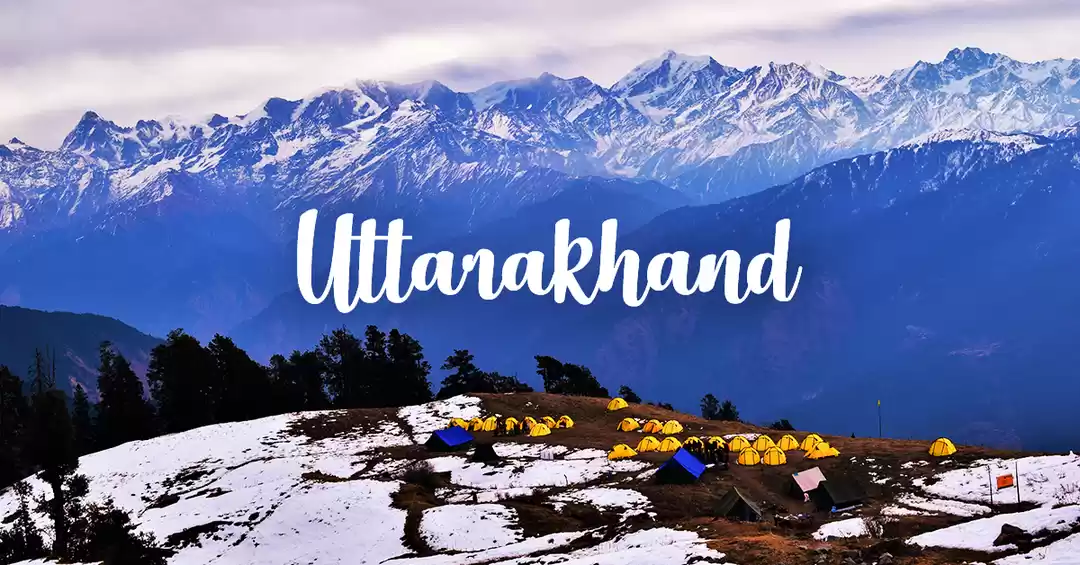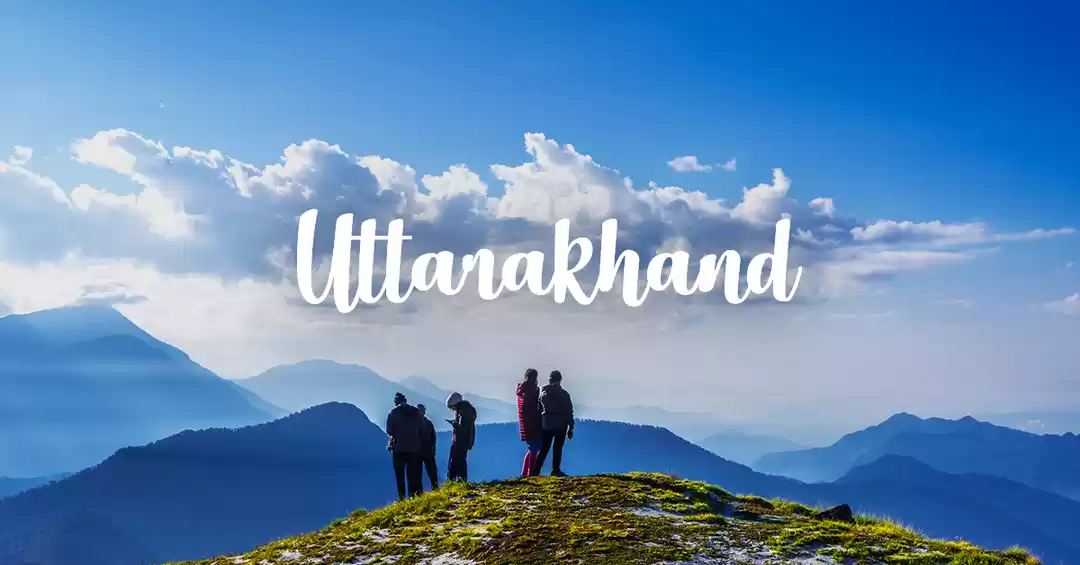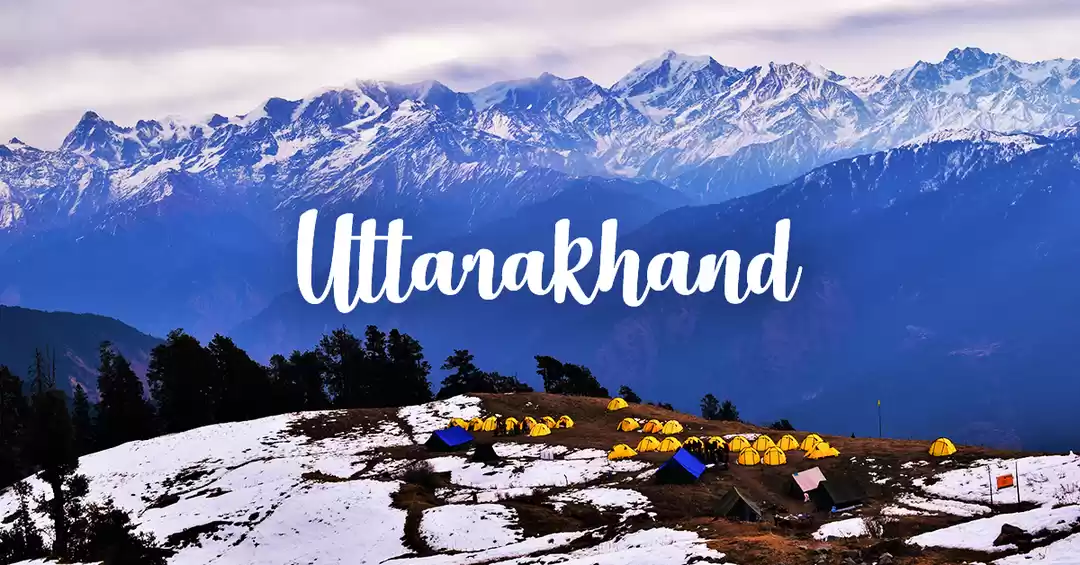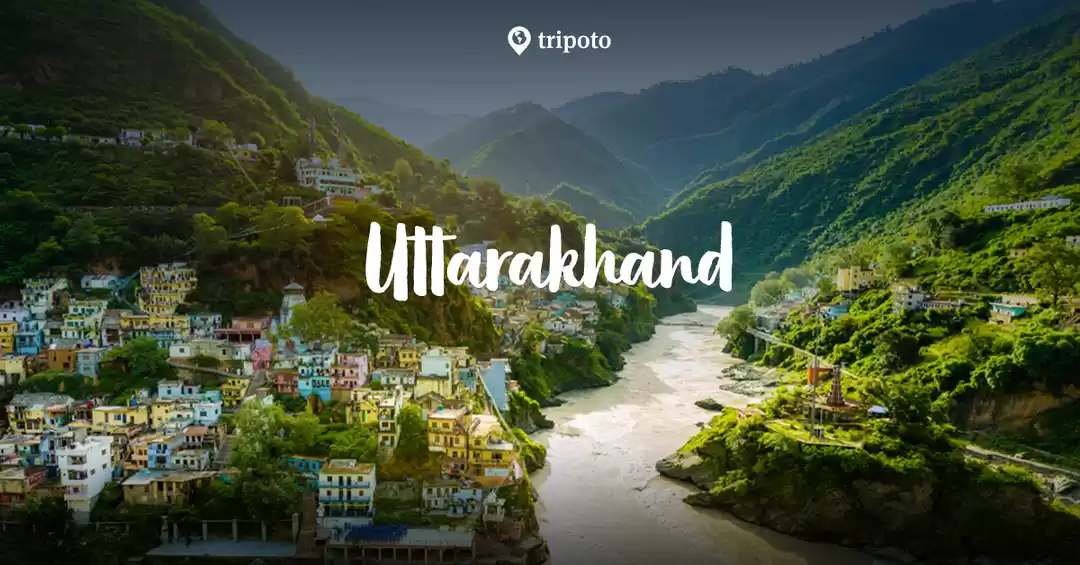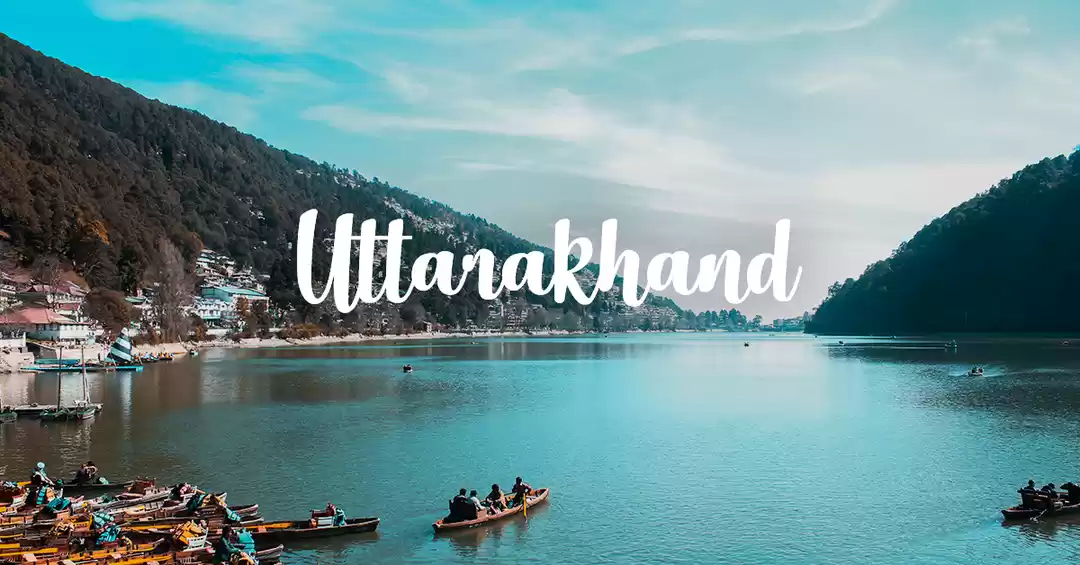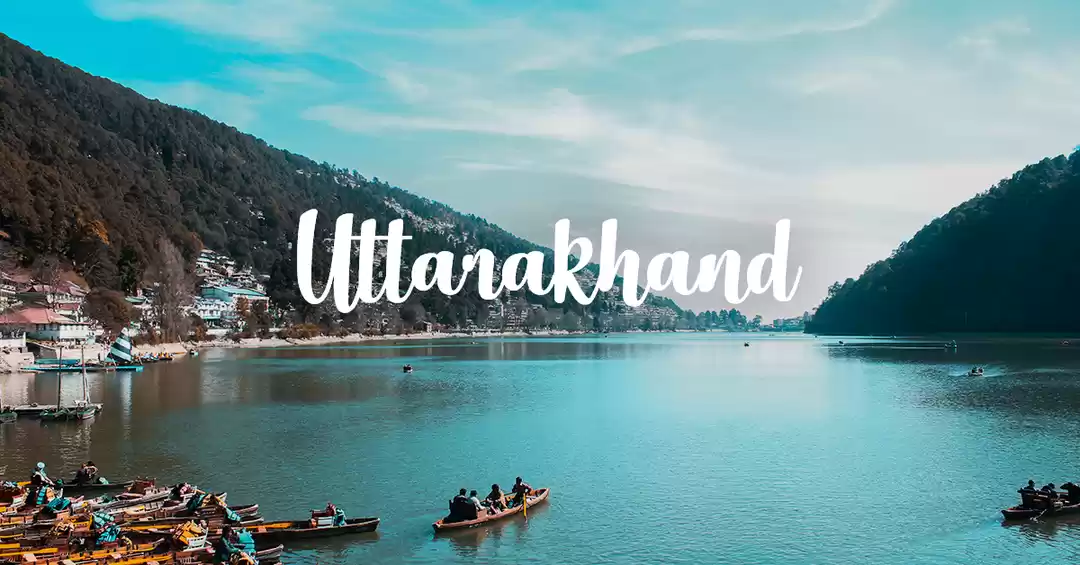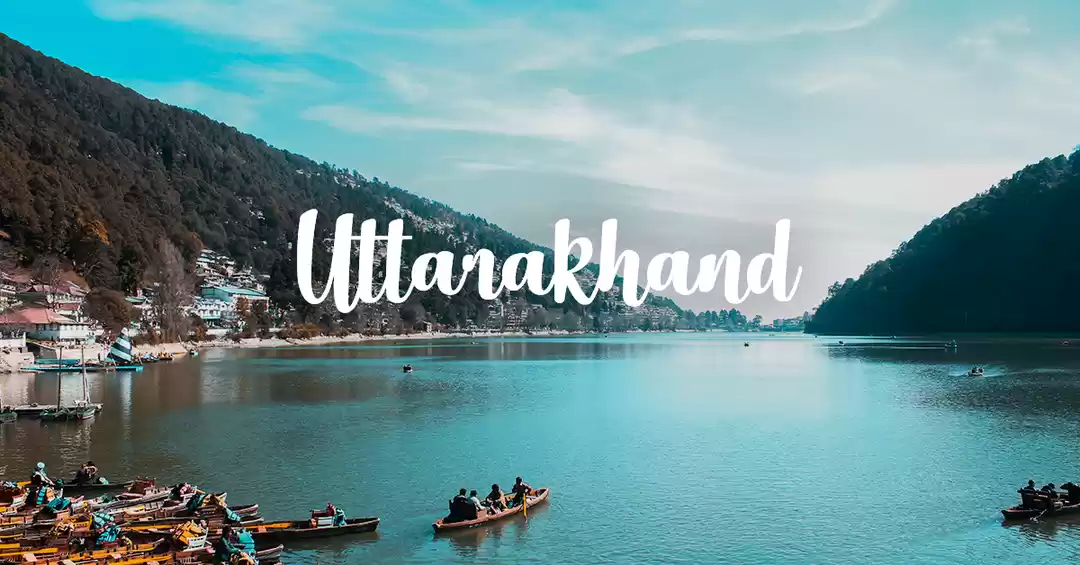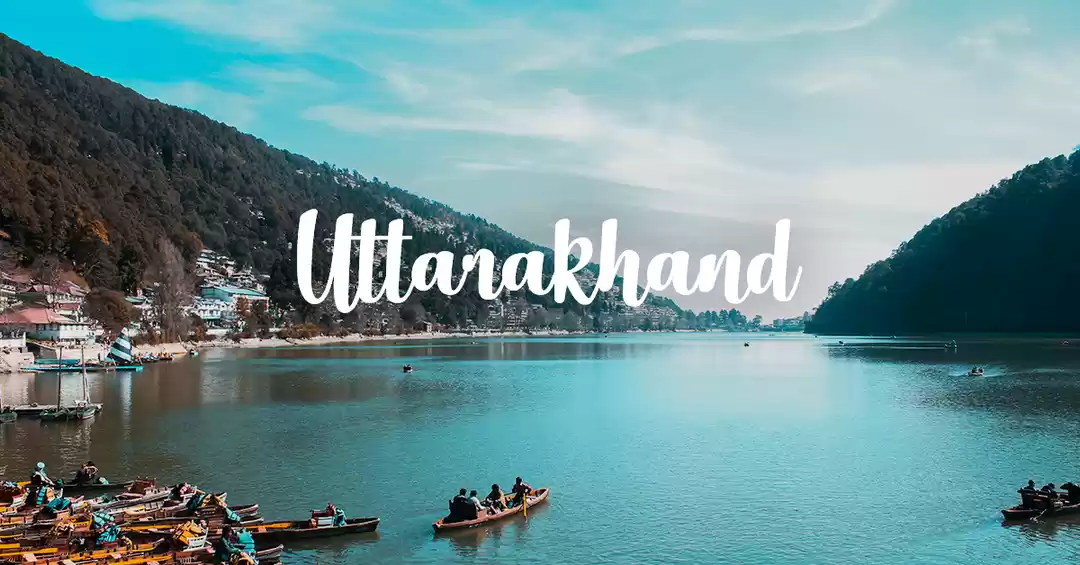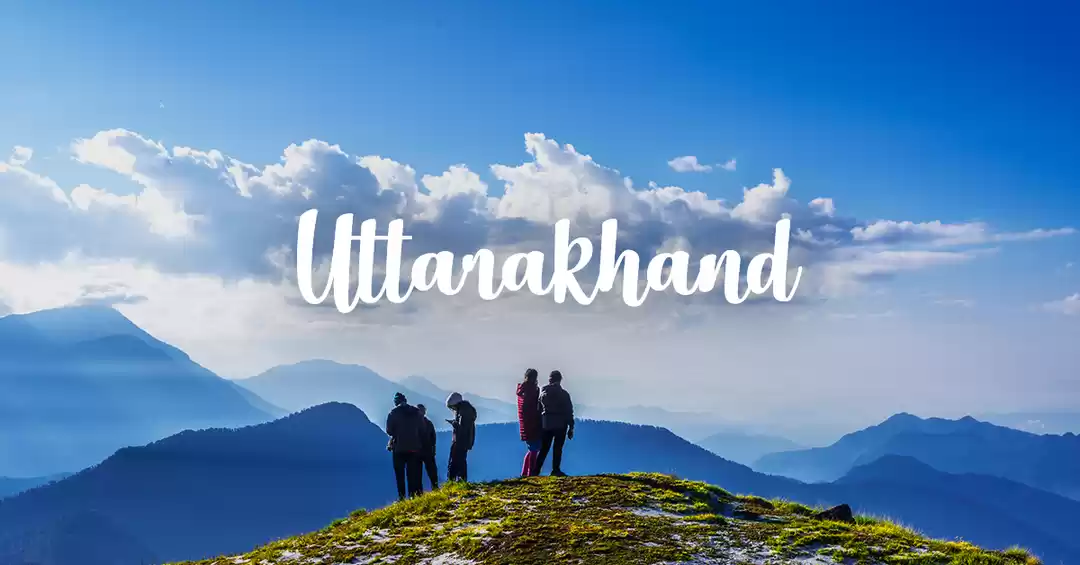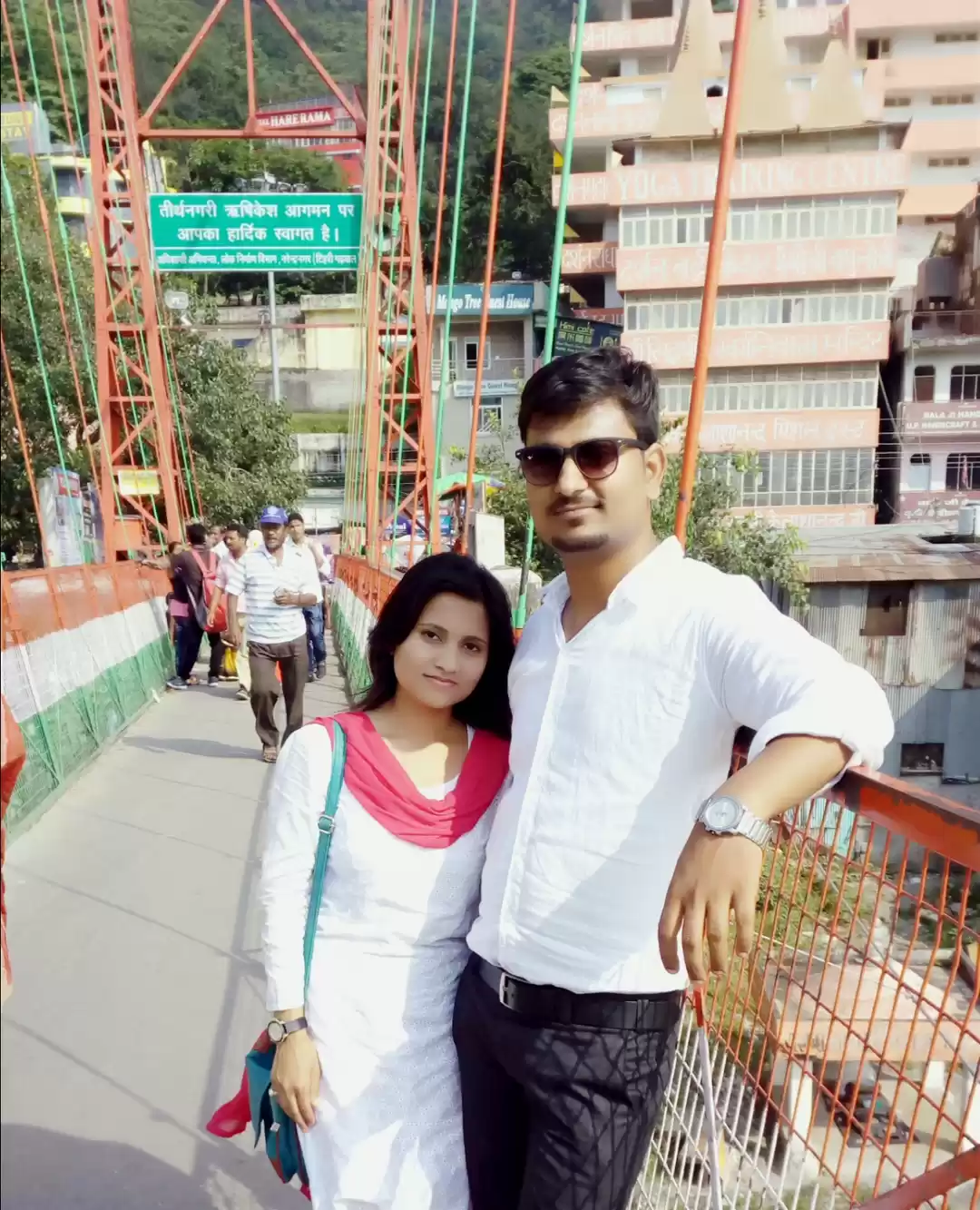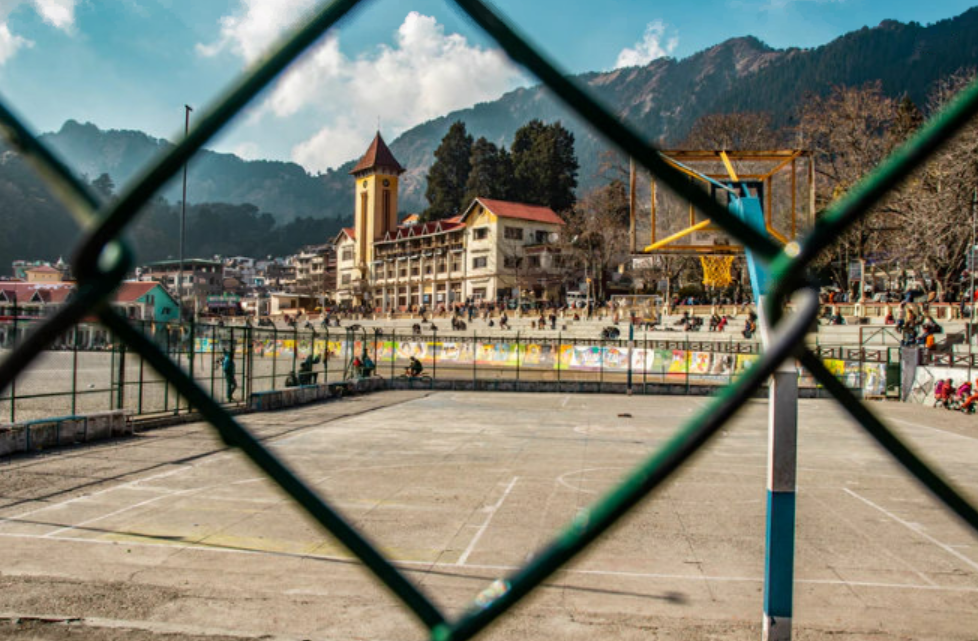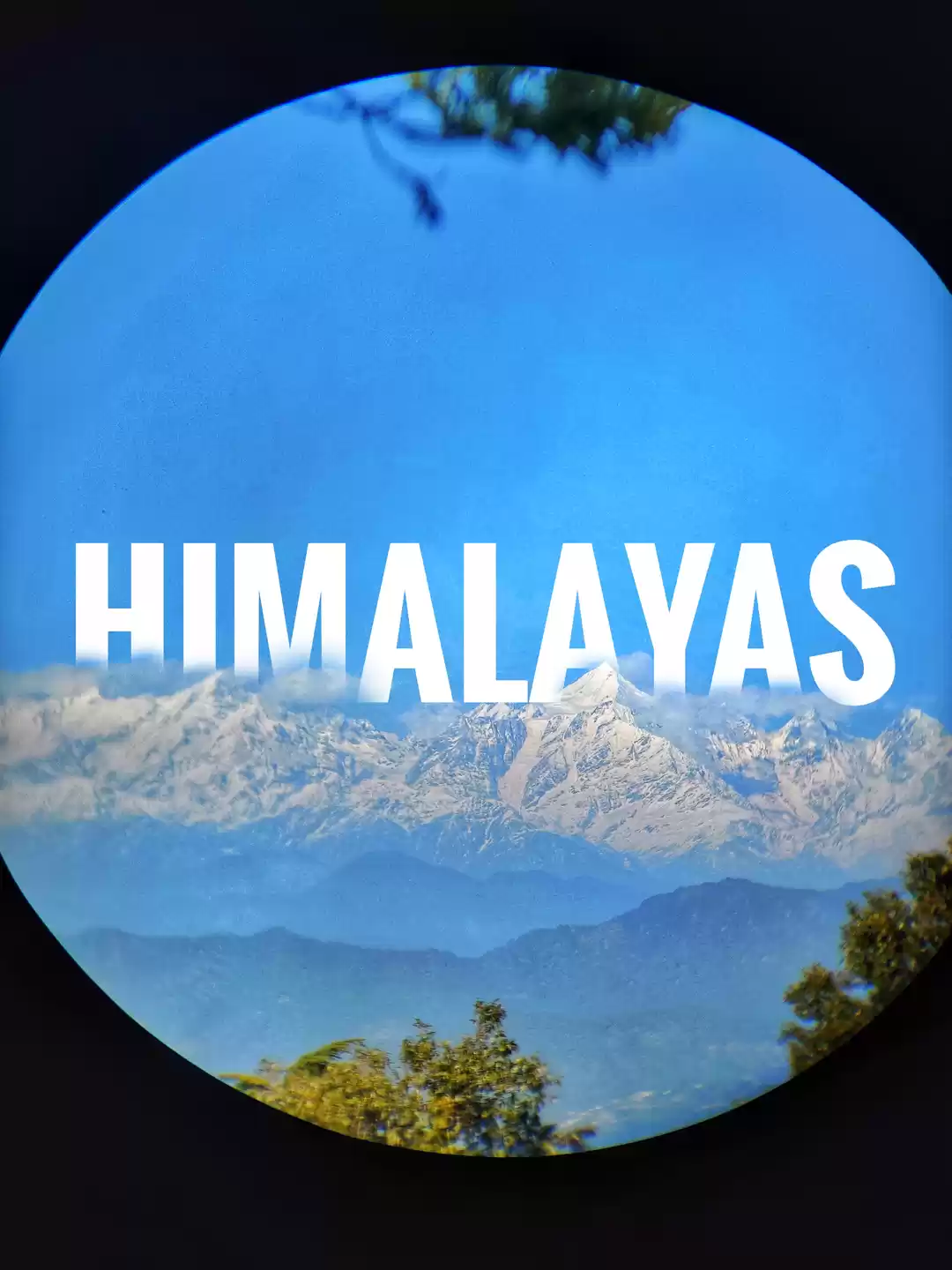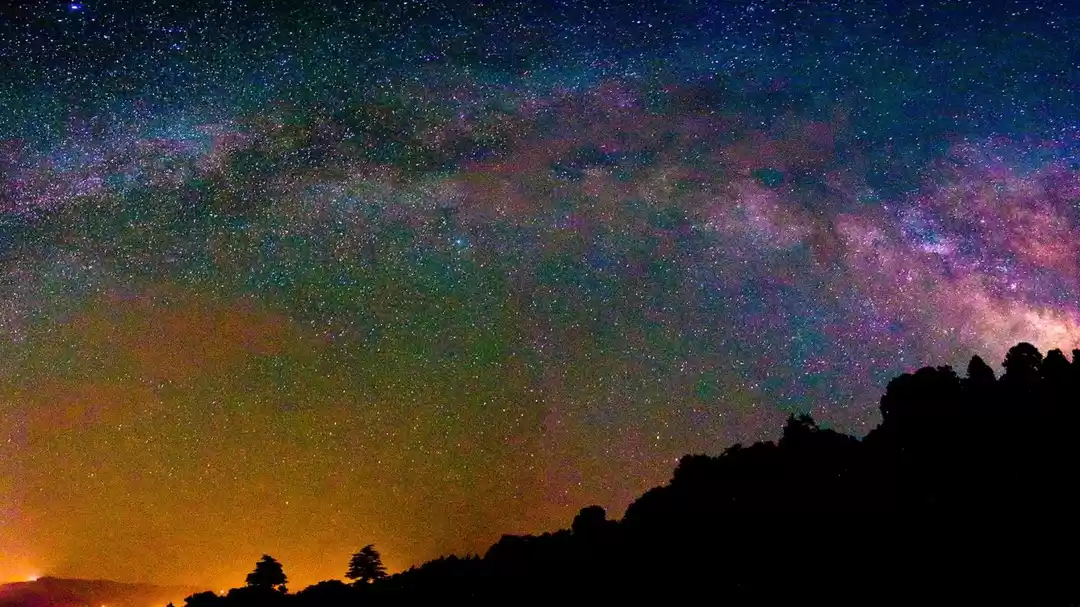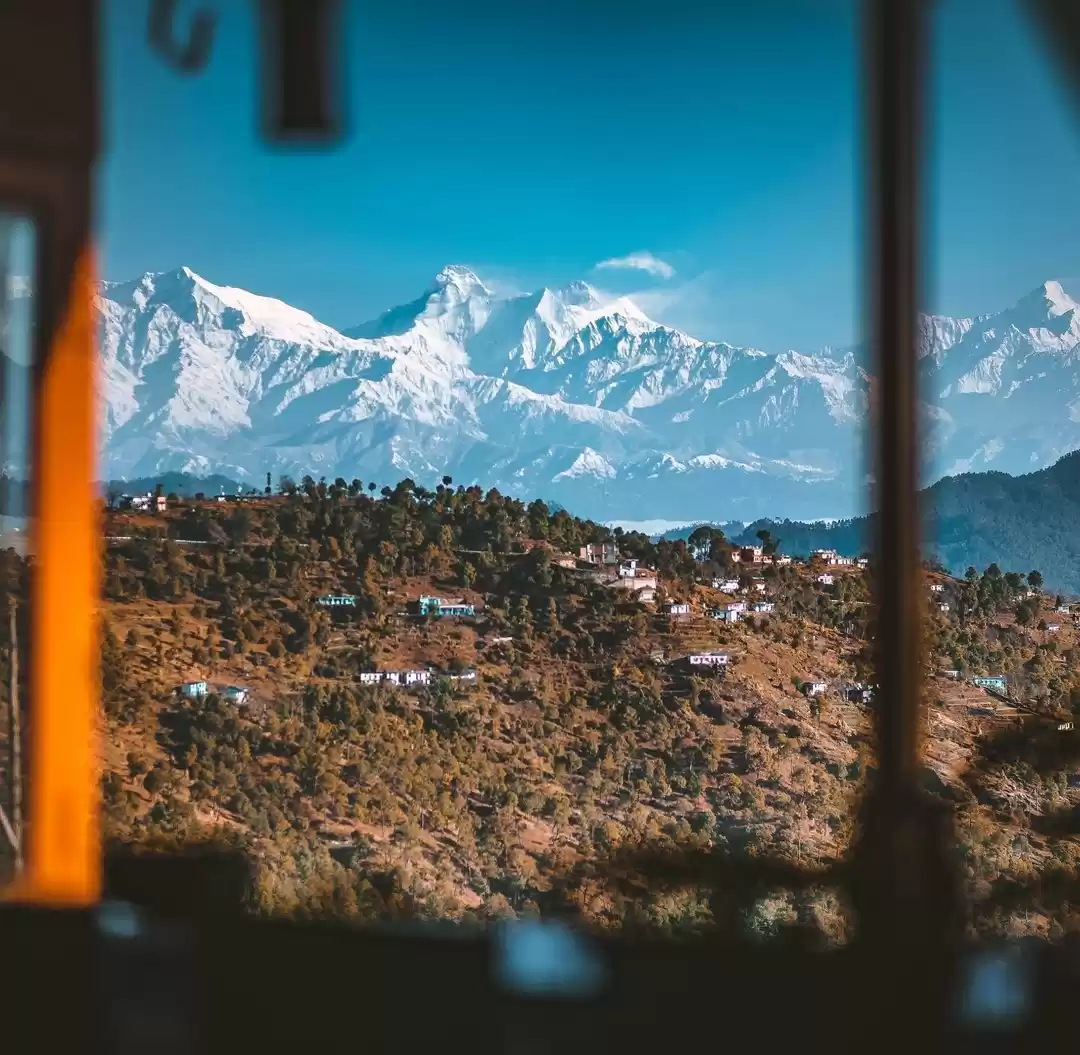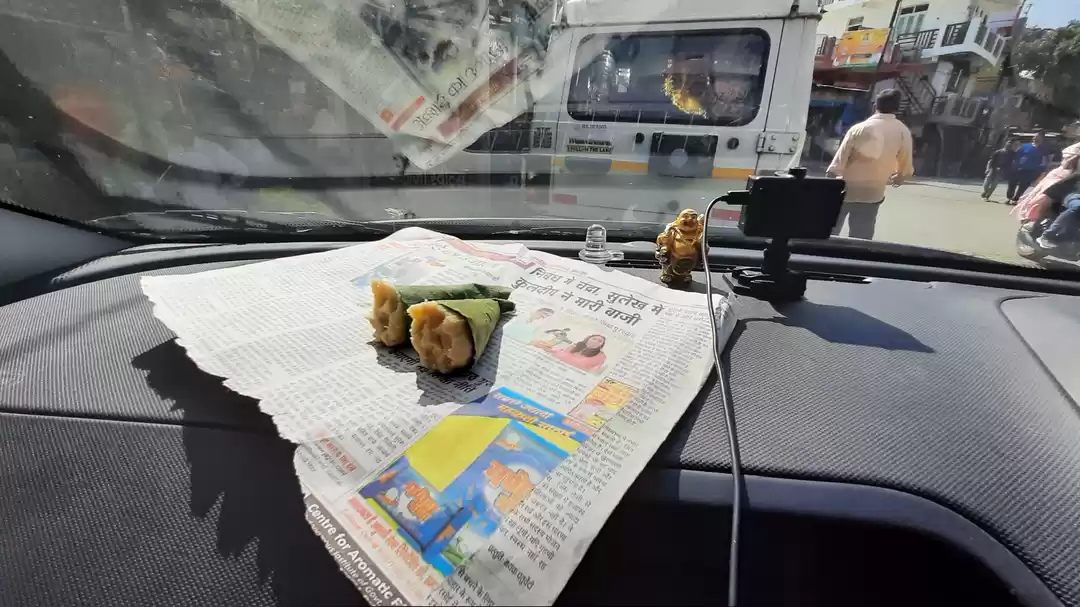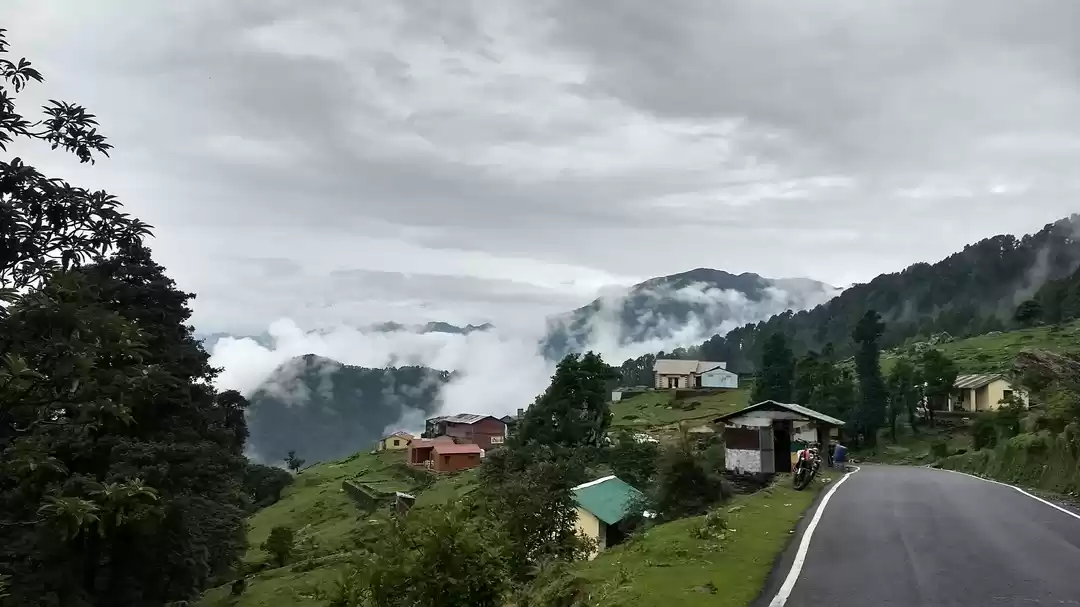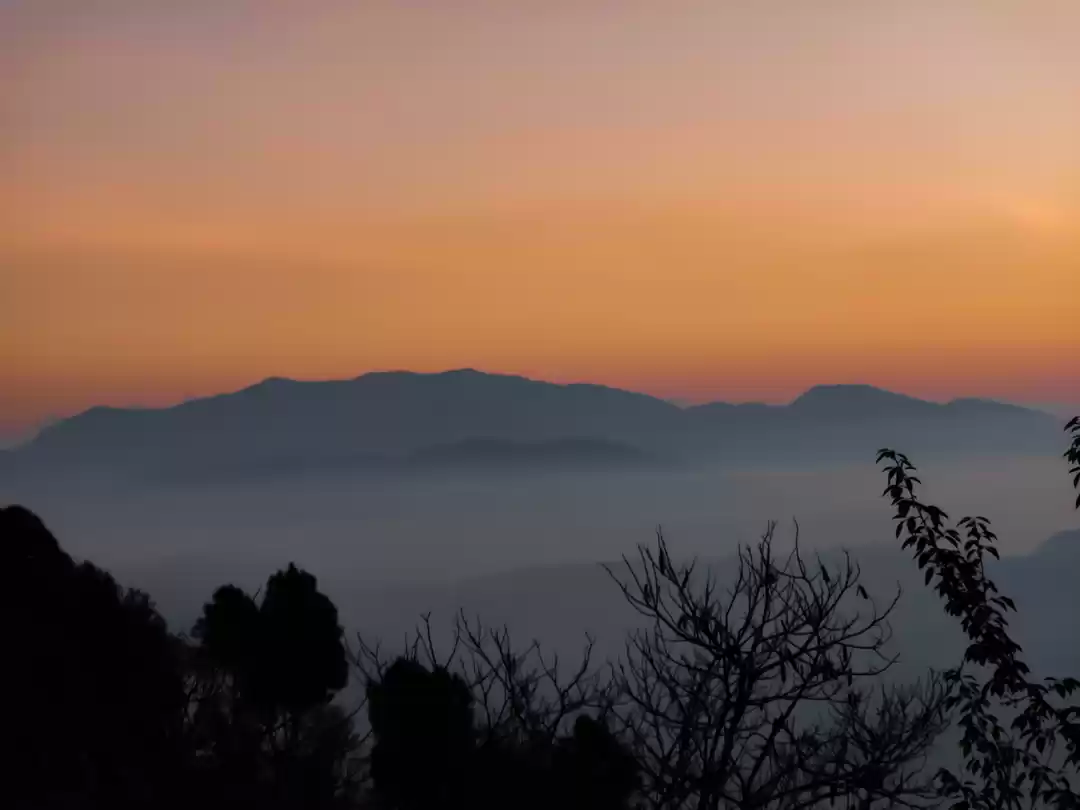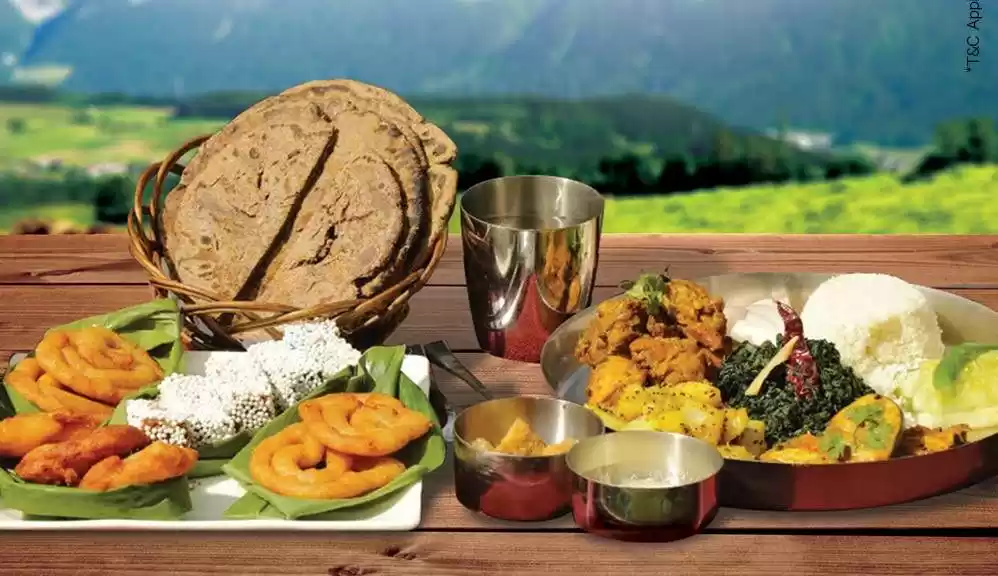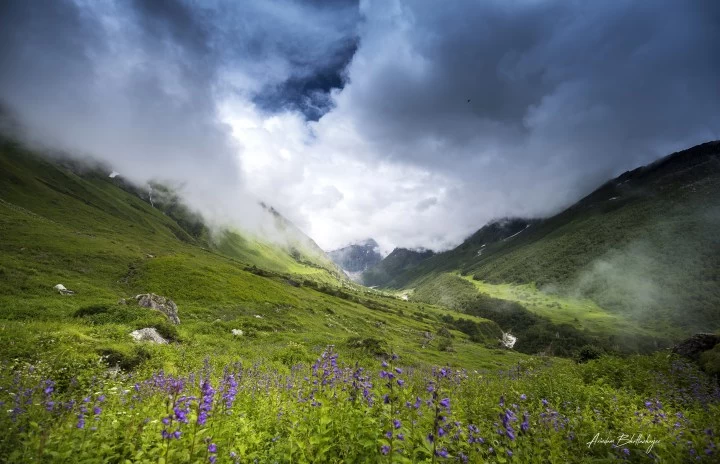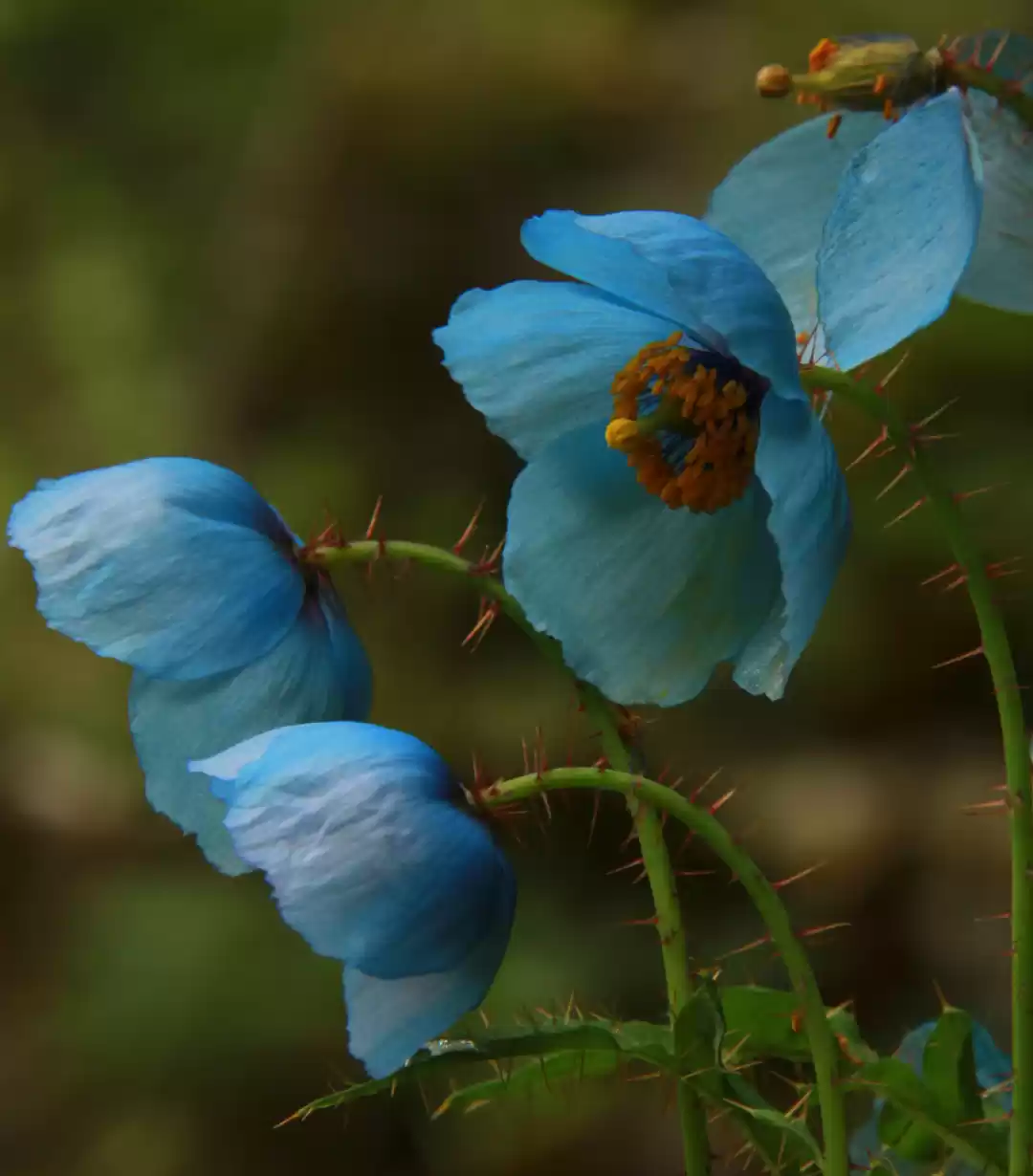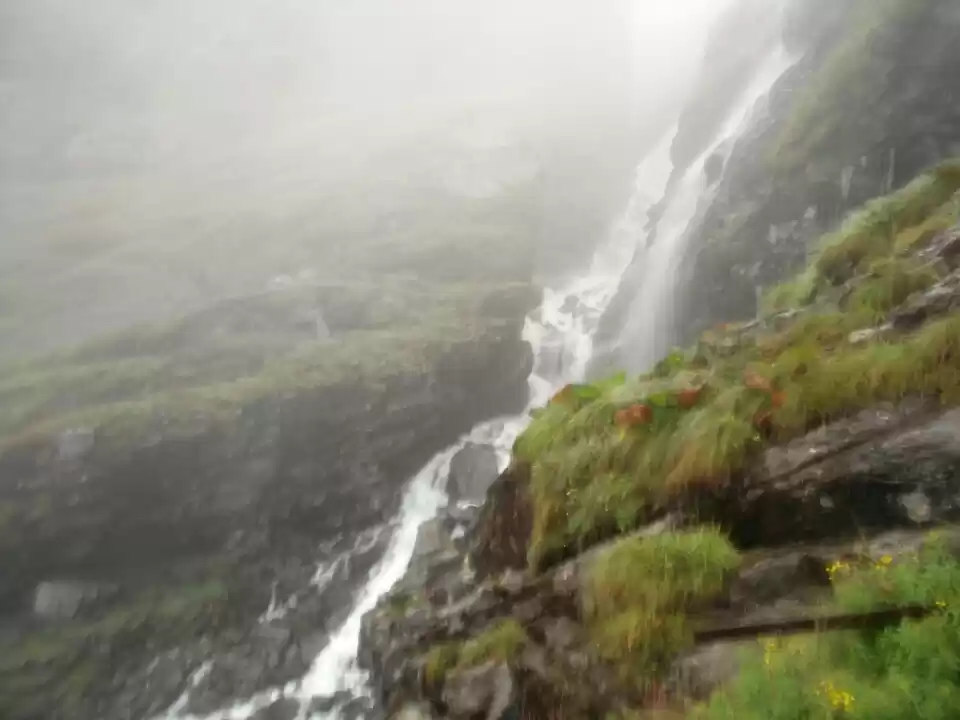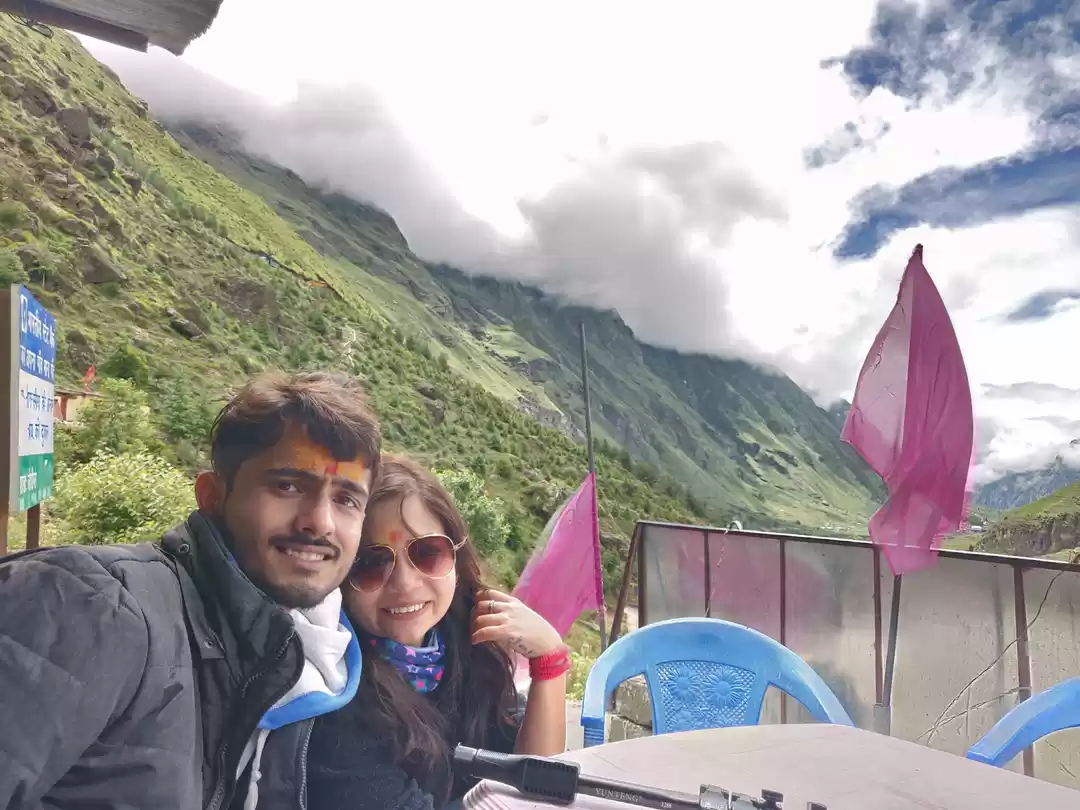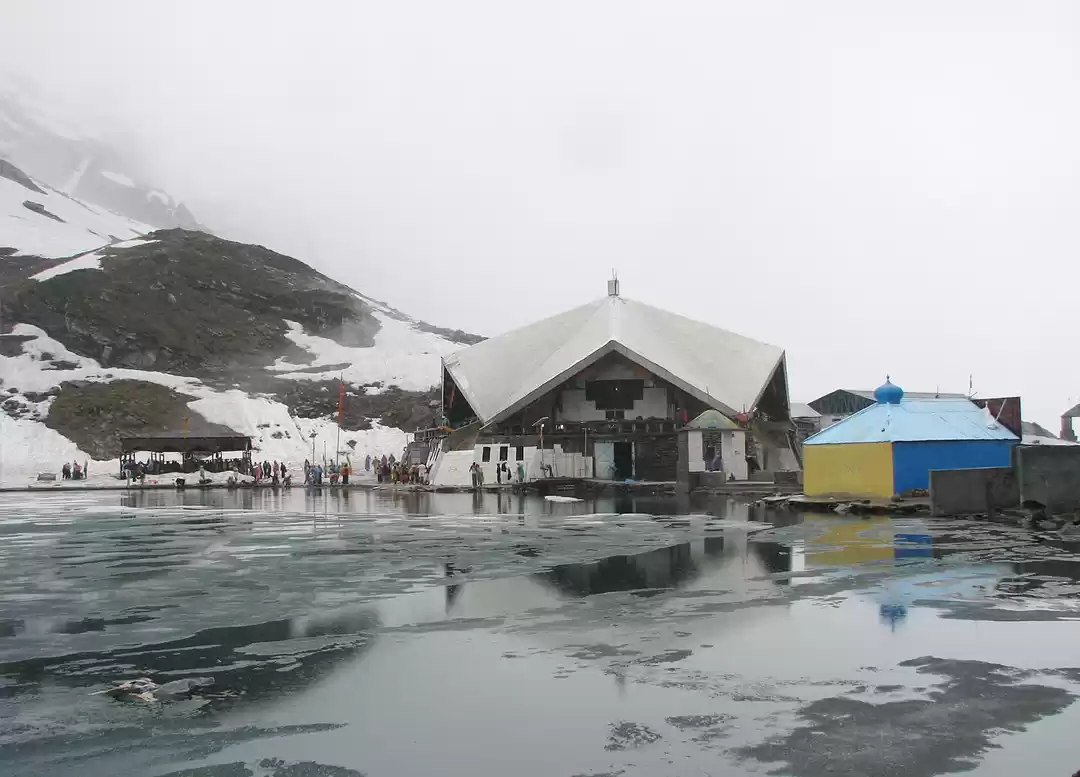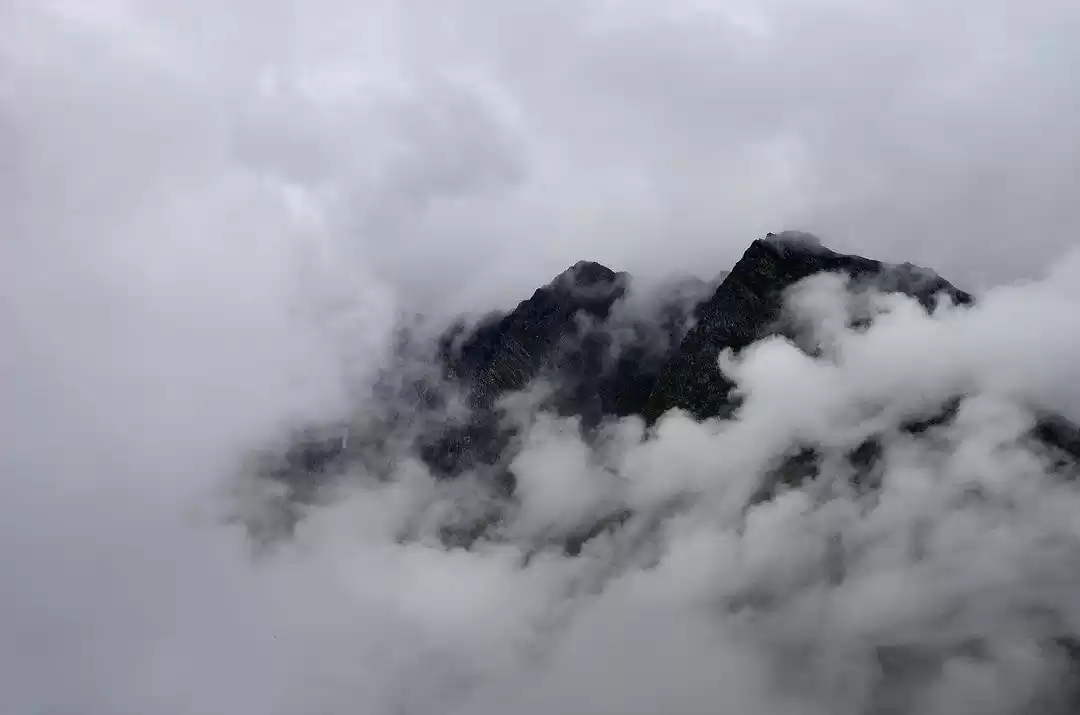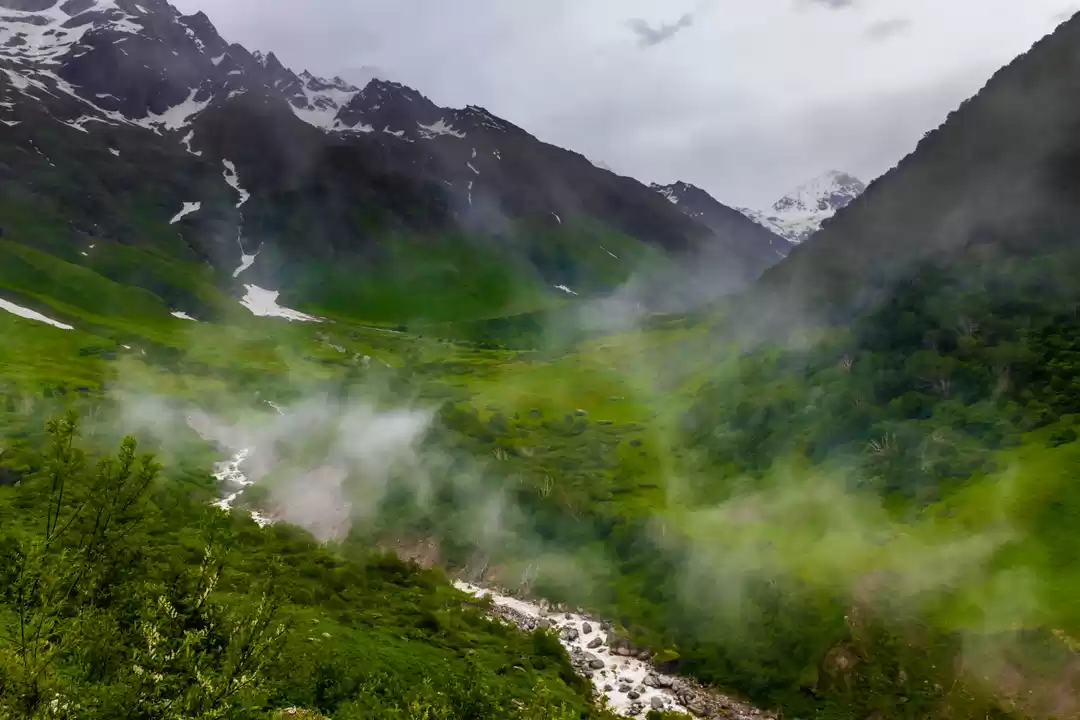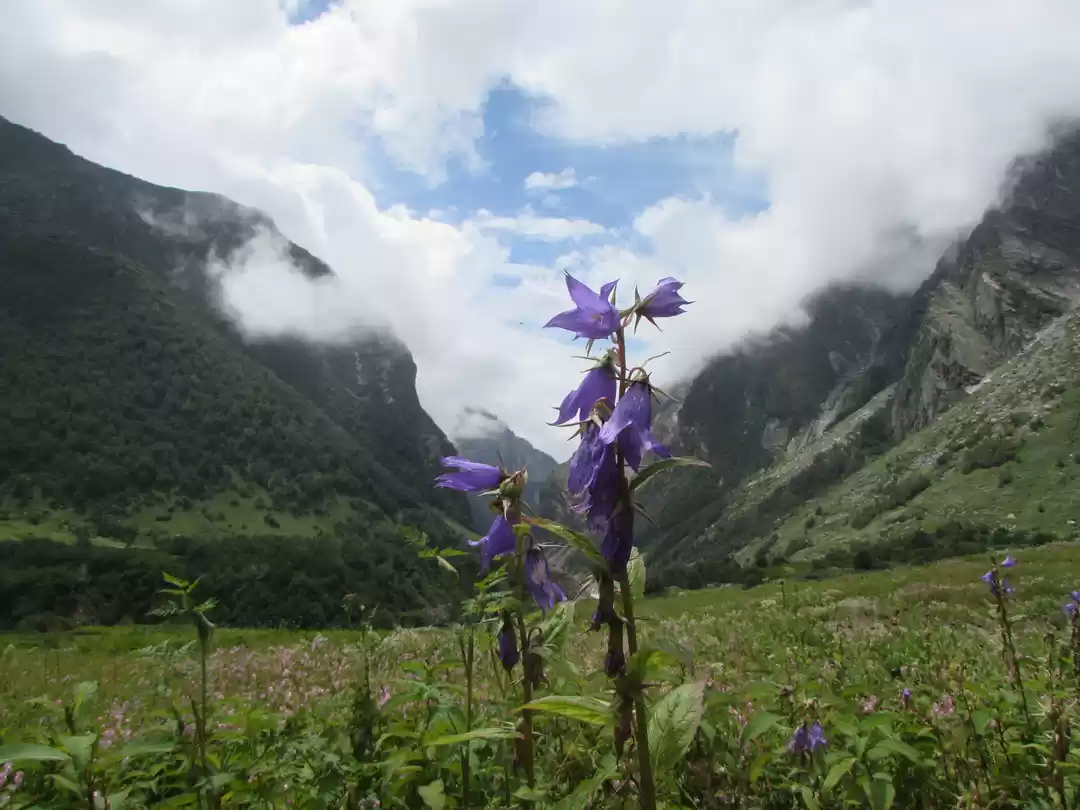






















































If I were to get a poetic license then I would like to tell you about a place where flowers flirt with you. A place full of fragrance and beautiful, the flowers themselves are eager to show their colors whoever wants to walk to them. I promise you that it would not take long for you to say ” I love you” some say it with flowers but here you can say it with entire valley… Welcome to Valley of Flowers.
The golden light of the morning sun cast its magical spell on the peak of the mountain overlooking the motel we were staying. Sitting in my deep thoughts about the day ahead, I heard my friend voice from behind, “Let’s go”. Finally the day arrived, a dream would come true. I would be very soon in place where nature will show its true wild beauty. Friend let me take for trek to Valley of Flowers through my eyes.
The trip started at Rishikesh where we as group assembled and started the next day for Joshimath.
Day 1 : The trip started from Rishikesh and drive upto Joshimath is nice and scenic specially during the monsoon months of July to September. Come rains and the mountains wear a brand new green dress. When we started the weather was clear we reached Dev Prayag by 0800 Hrs. Dev Prayag is located at confluence of two very important Himalayan rivers, namely Bhagirathi and Alaknanda. It is here both rivers converge to form one of the most holy river, The Ganges. The route to Joshimath is along the Alaknanda River en route passing through the hill towns of Srinagar, Rudraprayag and Chamoli. Joshimath is an important halt for adventure lovers. Auli the famous ski slopes are located near Joshimath. Come winters and the place is teeming with skiers from across the world.
Located in Western Himalayas in Chamoli district of the Indian state of Uttarakhand, Valley of flowers is home an amazing array of Flora and Funa. Many of plants are not only rare but endemic too. There are also reports of the most elusive Snow Leopard being sighted on the higher reaches of the valley. Himalayan musk deer and also a healthy population of Bharal or blue sheep is in the valley. Due to its remoteness the valley is well protected and now is a National Park.
Though the valley is easily accessible permits are required to enter the valley and this can be procured at the entrance of the valley.
Day 2 : Starting early our aim was to reach Ghangaria by evening. From Joshimath one can drive up to Govindghat. Govindghat is 25 km short of Badrinath temple and is located at the confluence of Alaknanda and Lakshman Ganga. From here the trek to Ghangaria starts. 3 km of the 13 km trek can be covered by shared vehicles to the trekking start point. The trek of 9 km is a steady climb along the Lakshman Ganga river. This route also taken by many sikh pilgrims to the their holy place of Hemkund Sahib.
Ghangaria: The trek from Govindghat can be done in 4 to 6 hours depending on one's stamina. For those unable or have difficulty in walking can hire a pony. Ghangaria is the gateway to the valley. There a number of motels at Ghangaria where one can stay. There also a Gurdwara or place of worship for the followers of Sikh religion. Ghangaria is small and very scenic place. The absence of motor vehicles was huge relief. Almost instantly one gets used to just the sound of birds and gentle breeze blowing through the alpine forests
Day 3 : Next day we was our D day for the Valley Of Flowers ( also known at Pushpawati Valley). After half a km from Ghangaria town, one way goes straight to Hemkund Sahib and if take the left track you would reach the famed Valley of Flowers National Park. The approach route trek is in the beginning is;tough but once the valley open up it is undulating delight. The valley is almost 19 km in length and the flowering happens during the short period of July to September. It is estimated that about 638 species of flowering plants are found here. It is Botanist’s goldmine. The iconic Big Rock stands tall next to the walking track. Here people rest and recoup themselves before they start on the trek again. The valley is fairly straight.
Vegetation
The valley is situated between 3,200m and 3900 m. The habitats include valley bottom, river bed, small forests, meadows, eroded, scrubby and stable slopes, moraine, plateau, bogs, stone desert and caves. Himalayan maple, the blue Himalayan poppy some of rare and endangered categories within the national park. .
Flowers mostly orchids, poppies, primulas, marigold, daisies carpet the valley floor. The trees are of birch and rhododendron. At the entrance of the valley there are a large number of Himalayan Birch or “Bhojpatra”
River of Valley of Flowers
The Pushpawati rises from the East Kamet Glacier, near Rataban, at the base of the Himalayan near the central part of the Garhwal-Tibet border. It flows in a southerly direction to join the Bhyundar Ganga near Ghangaria. From here they are known as the Lakshman Ganga . The latter merges with the Alaknanda River at Govindghat.The Puspawati drains the Valley of Flowers.
The upper valley of the Pushpawati is U shaped and a glaciated valley. There is no Human habitation in the valley.
Mythology
According to legends, the Pandavas during their years of exile, saw flowers floating down the river. They named it Pushpawati.
With so of fun, adventure and eyes soaked in multitude of flowers we returned in the evening after an amazing trek and invigorating experience.
Details :
The valley is about 19 km km long and 2 km wide with an approximate af area of 87.50 square km.
Located: The Indian State of Uttarakhand
GPS Location: It lies between 30° 41′ to 30° 48’N and 79° 33′ to 79° 46’E.
1862: The Pushpawati valley was discovered by Col. Edmund Smyth;
1931: The valley visited by the climber Frank s Smythe who wrote a book publicizing the “Valley of Flowers”;
1974-82: The sanctuary was opened to mountaineering, but the ensuing degradation led to its closure to all users;
1980: The park was established as Sanjay Gandhi National Park by Notification 3912/ XIV 3-35-80; grazing and mountaineering stopped;
1980: The Valley of Flowers was declared a national park by Government.
1982: The park was renamed Nanda Devi National Park;
2000: The Biosphere Reserve extended by the government to 586,069 ha and the Valley of Flowers National Park was added as the second core zone (62,462 ha+ 8,750 ha, totalling core areas of 71,212 ha);
2004: The two core zones and buffer zone designated a UNESCO MAB reserve
Day 4 : After an early breakfast we started our hike to Hemkund Sahib. Though a Sikh religious site the place is also full of flowers specially the state flower of Uttarakhand, The Brahma Kamal. The route is steep but with any devotees walking the same path the life is fun. As luck would have it we met with a person Mr. Rajnish S Chauhan who runs an adventure company and is an excellent guide of the valley. He is a real trove of information the valley and its flowers. Those interested in directly contacting him may do so at the following mobile number +91-9927594673 and 9927557334.
During our trek to Himkund Sahib we encountered what is known as “white out”. It was an adventure I shall remember with visibility being poor and life become difficult when the rains started. Honestly I did not had complain as I was enjoying every bit of it. After visit the Gurudwara (holy site), I started the descend back to our motel in Ghangaria.
Day 5 : With a heavy heart and a hope to return back again one day i started back to Govindghat and drove back to Rishikesh.
it was an journey I shall remember and cherish throughout my life, for I not only saw a beautiful place and met wonderful locals but more than that it also made me realise the importance of such to be there for generations to come.
With this thought I bid an emotional goodbye to the Valley of Flowers, where flowers flirt with you.


























